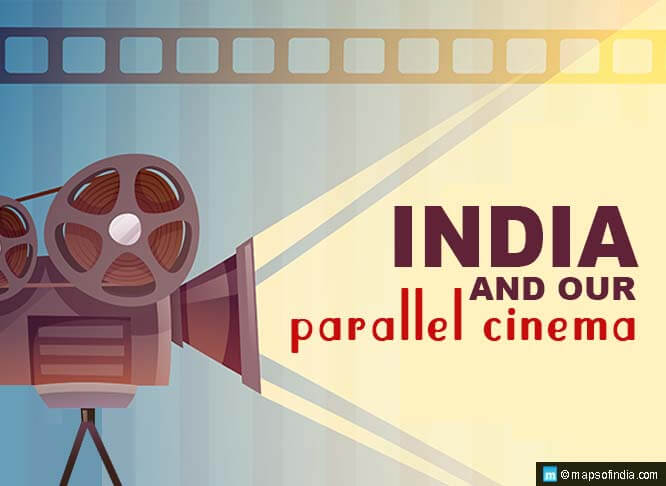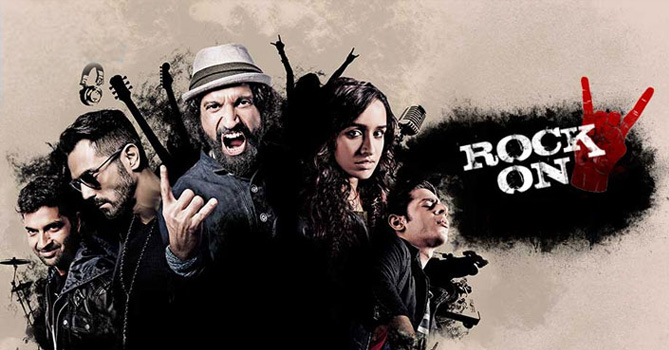
“Cinema’s characteristics forte is its ability to capture and communicate the intimacies of the human mind” – Satyajit Ray
Born on May 2, 1921 Satyajit Ray’s career is influenced by his own family in Bengal which has a prominent inclination towards arts and literature. His career started in 1950’s with the Bildungsroman of Bengali literature; Pather Panchali (1955) followed by the series, Aparajito (1957) and Apur Sansar (1959). It is believed that his early works have a strong influence of his beloved filmmakers Renato Castellani, Luchino Visconti, Roberto Rossellini to name a few, whose films he explored while in London. Ray is one of the filmmakers to lead Indian Cinema to a new direction beyond the “decorative extension of star persona,.” and introduce Indian audience to Parallel cinema.
Parallel cinema is that realism, which gaps the bridge between city life and village. True, cinema often becomes a reflection of our daily lives. It is much more than a source of entertainment, and the emergence of it only proves the point further. With movies like The Lunchbox, Margarita with a straw, Masaan etc making it to the larger audience share, people have started acknowledging parallel cinema. For those who are unaware, parallel cinema deals with issues and depiction different from its mainstream counterpart. There is bare realism associated with these movies, often ditching the glamour of traditional Indian cinema.
The history of parallel cinema
The earlier era of Indian cinema was dominated heavily by adaptations of epics like Ramayana, Mahabharata etc. However, post-1920s, there was an arrival of the kind of cinema that began to challenge norms. Savkari Pash (1925), for example, was a silent film by Baburao Painter that revolved around a poor farmer and his woes. Raithu Bidda (1939) by Gudavalli Ramabrahmam criticised zamindars, the ones who had turned into tax collectors for the British government. The movie was subsequently banned by the colonizers.
From the late 1940s to1960s, India witnessed the emergence of parallel cinema on a larger scale, also referred to as the Golden Age of Indian Cinema. It was inspired by Italian Neorealism (a film movement that focused on the poor and working classes). Bengali cinema is credited with giving light to parallel cinema, with major directors like Satyajit Ray, Mrinal Sen, Tapan Sinha, Ritwik Ghatak etc holding the beacon. However, contrary to the popular opinion, Bengali cinema wasn’t the only one putting the idea forward. Adoor Gopalakrishnan (Malayalam cinema), Girish Kasaravalli (Kannada cinema), K.N.T. Sastry (Telugu cinema) etc also worked in a similar direction and hence can be called the pioneers of Indian parallel cinema.
In those days, movies were heavily inspired by Indian literature. Till date, they are extensively studied by scholars to make inferences about the demographics, socio-economical as well as political environment of that era. Because of their unique perspective, they are also referred to as art movies and were frequently funded by state governments to promote an authentic Indian art genre.
With the increasing cost of movie production in the 1990s, parallel cinema started witnessing a decline. As the industry became commercialised, it became risky to create art movies, since there was no assured return on them. Hence, Bollywood once again started reeling towards the mainstream cinema.
Resurgence
The late 1990s brought movies that showed the real life problems of Mumbai, a city away from the glamour it is often associated with. Satya (1998), considered among Ram Gopal Verma’s finest works, is one such film that talked about the Mumbai underworld. But since this movie and the likes of it were more or less commercial, they have never entirely been declared a part of parallel cinema. The 2000s witnessed movies that dared to ditch the societal appeal. My brother… Nikhil (2005) talked about AIDS, Sonchidi (2011) is among the very few sci-fi movies India has in its name.
Parallel cinema and our society
The emergence of parallel cinema had one simple aim: to give movie-goers something more than meaningless entertainment. It won’t be too wrong to call it a “rebellious” branch of our otherwise conforming cinema. Mandi (1983), by Shyam Benegal is one such movie dealing with issues that the society talks about in dulled whispers, if at all. The story revolves around a brothel and its prostitutes, who ultimately fight for their place of residence, when under threat by politicians who are themselves frequent visitors. Not many people know this, but Gulzar, besides being an impeccable lyricist was also a film director. In 1982, he came out with Namkeen, a movie that uncovered oppression of women in rural India.
Cinema is a very powerful weapon that works both ways. While cinema influences people, people influence it right back. That is why, parallel cinema plays a very cruical role- mirroring our society, as well as affecting it. However, there are a few hurdles in the way. While art movies continue to make a presence at film festivals like Cannes, Venice, Berlin etc, and get praises from critics, they fail to reach the audience who needs them the most. Movies that talk about social stigma and plight do not make it to the big theatres and if they do, often stay confined to single screenings. The viewers there are largely privileged elites who already understand and support parallel cinema. But who will take it to the other segment of the society, the one that actually goes through whatever our art movies talk about?
How often would you come across a lesser privileged person sitting inside a luxurious auditorium and watching a film screening? Their access to cinema still largely remains limited to conformist movie theatres, the ones that show movies like Race 3, Mastizaade etc. Thankfully, Bollywood has taken to itself to produce movies like English Vinglish, Lipstick under my burkha, A wednesday, Gangs of Wasseypur etc that try to bring mainstream entertainment infused with parallel cinema. So, while we work to bring parallel cinema in all its rawness to the society, movies like these keep our hopes and sanity alive.




